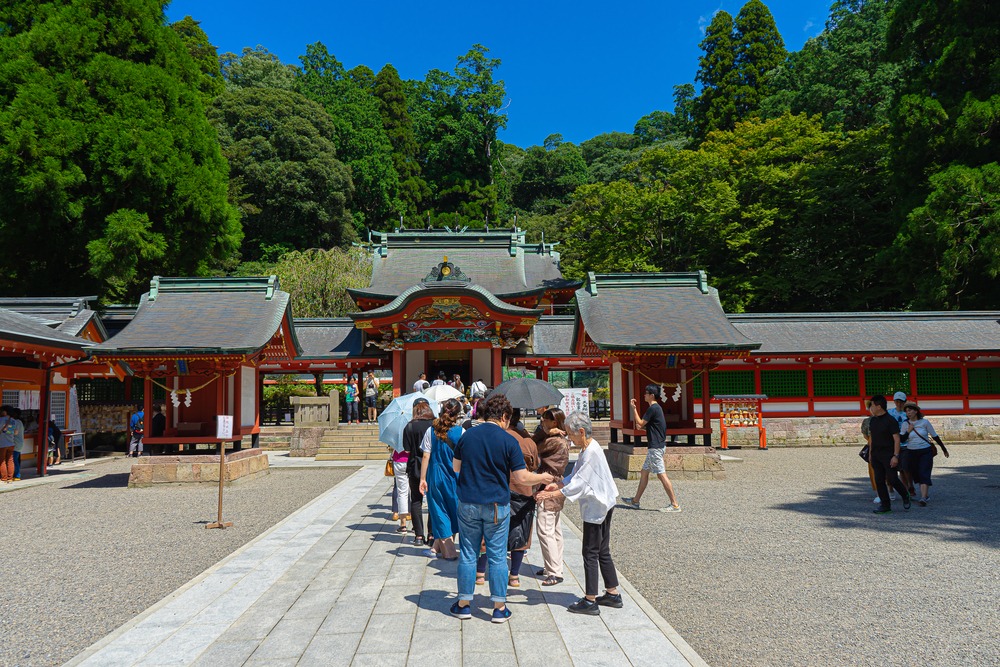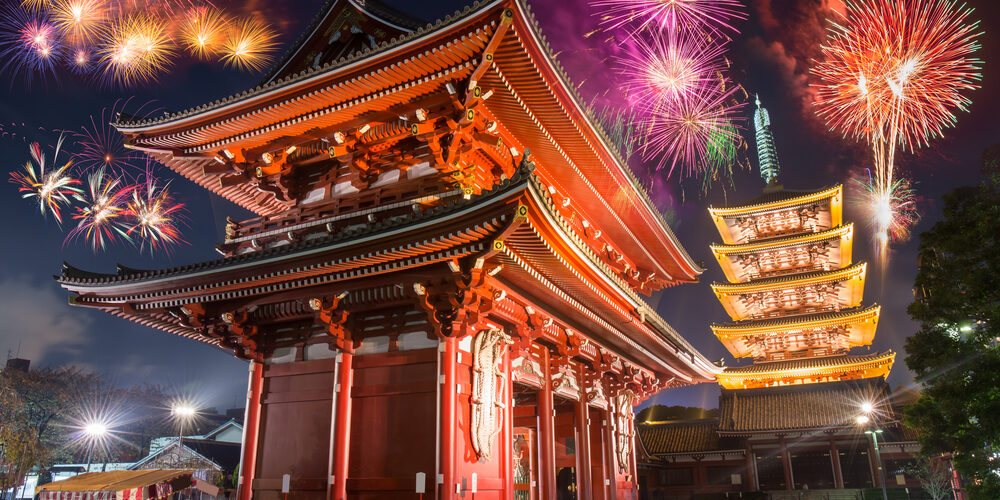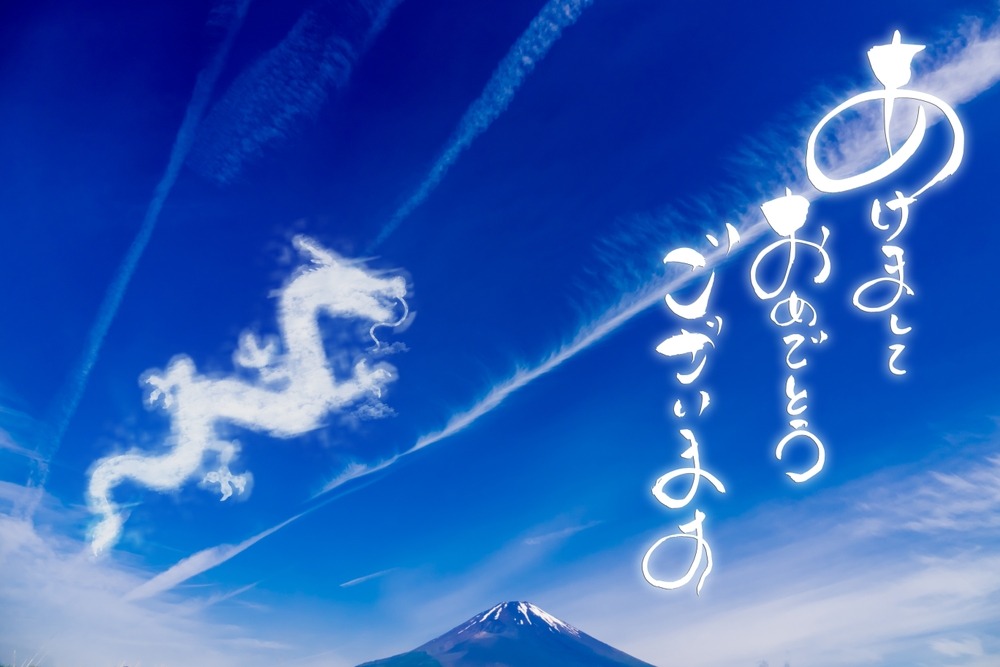Shōgatsu: A Journey Through Japan’s Most Important Celebration
Shōgatsu, the Japanese New Year, is one of the most cherished and culturally significant celebrations in Japan. Marking the beginning of the calendar year, it is a time for family gatherings, spiritual reflection, and hope for good fortune in the months ahead. Rich in tradition and symbolism, Shōgatsu offers a unique glimpse into Japanese values and the deep respect for both family and nature that permeates the culture.
Let’s take a closer look at how this festive period is celebrated across Japan and why it holds such immense importance.
What is Shōgatsu?
Shōgatsu (正月), celebrated from January 1st to January 3rd, marks the arrival of the new year in Japan. Historically, the Japanese followed the lunar calendar, but after adopting the Gregorian calendar during the Meiji era (1873), the New Year now begins on January 1st.
Unlike Western New Year celebrations, which focus on grand parties, Shōgatsu emphasizes spiritual renewal, family connections, and gratitude for the past while looking forward to future prosperity.

Preparations Leading to Shōgatsu
The New Year in Japan is not just a single-day event—it is preceded by weeks of preparation, symbolizing a fresh start.
- Ōsōji (Big Cleaning):
In the days leading up to Shōgatsu, families thoroughly clean their homes, a tradition called Ōsōji (大掃除). This symbolizes purifying the home and sweeping away any bad luck or negativity from the previous year. - Kadomatsu and Shimenawa Decorations:
- Kadomatsu (門松): Placed at the entrance of homes, kadomatsu are traditional decorations made of bamboo, pine branches, and sometimes plum blossoms. Bamboo represents growth and resilience, while pine signifies longevity and steadfastness.
- Shimenawa (しめ縄): Sacred ropes often decorated with paper streamers are hung to ward off evil spirits and invite divine blessings into the home.
- Nengajō (New Year Cards):
Exchanging nengajō (年賀状), or New Year’s greeting cards, is a cherished custom in Japan. Friends, family, and colleagues send handwritten wishes for a prosperous and happy year. These cards are delivered on January 1st, thanks to Japan’s efficient postal system.
New Year’s Eve: December 31st (Ōmisoka)
The evening before Shōgatsu is called Ōmisoka (大晦日), and it is a time to close out the old year peacefully. Key traditions include:
- Joya no Kane:
At midnight, Buddhist temples across Japan ring large bells 108 times. This is known as Joya no Kane (除夜の鐘), where each toll represents one of the 108 earthly desires in Buddhist belief. It is believed that hearing the bells purifies the soul for the new year. - Toshikoshi Soba:
Families enjoy Toshikoshi Soba (年越しそば), or “year-crossing noodles,” on New Year’s Eve. The long, thin noodles symbolize longevity and breaking free from the hardships of the past year.
Shōgatsu Traditions and Celebrations
- Hatsuhinode (First Sunrise):
Many Japanese people wake up early on January 1st to witness the first sunrise of the year, known as Hatsuhinode (初日の出). The rising sun is seen as sacred and a harbinger of good fortune. - Hatsumōde (First Shrine Visit):
Visiting a Shinto shrine or Buddhist temple for the first time in the new year, called Hatsumōde (初詣), is a deeply spiritual custom. People pray for health, happiness, and prosperity while making small offerings. Popular shrines like Meiji Shrine in Tokyo and Fushimi Inari Taisha in Kyoto draw millions of visitors during this period. - Osechi Ryōri (Traditional New Year’s Food):
Food plays a central role during Shōgatsu, and families prepare Osechi Ryōri (おせち料理), a special assortment of dishes served in tiered lacquer boxes. Each dish carries a symbolic meaning:- Kuromame (black soybeans): Good health.
- Kazunoko (herring roe): Fertility and prosperity.
- Datemaki (sweet rolled omelette): Knowledge and success.
- Kombu (seaweed): Joy and happiness.
Another popular dish is Ozoni (お雑煮), a soup with mochi (rice cakes) that varies regionally.
- Otoshidama (New Year’s Money):
Children eagerly await Otoshidama (お年玉), a tradition where adults give money in decorative envelopes as a New Year’s gift. - Kagami Mochi:
Two stacked rice cakes topped with an orange (daidai) are displayed in homes as offerings to the gods for blessings. These are later broken and eaten in mid-January during Kagami Biraki.
Regional Variations in Celebrations
While Shōgatsu is celebrated nationwide, regional customs and food can differ:
- In Kyoto, people may enjoy a milder version of Ozoni made with white miso, while in Tokyo, the soup is often clear.
- In northern Japan, hearty dishes are popular to combat the winter chill.
- Coastal regions emphasize seafood in their Osechi Ryōri.
Each region blends universal traditions with its own cultural nuances, creating a beautiful diversity in how Shōgatsu is observed.
The Significance of Shōgatsu
Shōgatsu is more than just a celebration—it is a period of spiritual cleansing, renewal, and gratitude. The holiday reflects core Japanese values such as harmony, respect, and a deep connection to nature.
- A Time for Family:
Many people return to their hometowns to spend time with family, a tradition called kisei (帰省). The New Year allows families to reflect on the past and strengthen bonds. - Welcoming the Toshigami (New Year’s God):
It is believed that the Toshigami (年神様), or deity of the New Year, visits homes to bring blessings for the year ahead. The decorations, offerings, and preparations are all designed to welcome the deity. - New Beginnings:
Shōgatsu is a time to leave behind the struggles of the past year and embrace the new year with hope, positivity, and renewed determination.
Conclusion
Shōgatsu is a beautiful and meaningful celebration that embodies the essence of Japanese culture. From spiritual traditions like Hatsumōde and Joya no Kane to festive meals like Osechi Ryōri, the Japanese New Year reflects a deep reverence for family, spirituality, and the passage of time.
For those who have the opportunity to experience Shōgatsu in Japan, it is a chance to witness a celebration rooted in centuries-old customs and modern-day joy. For those celebrating from afar, embracing elements of Shōgatsu—like preparing Toshikoshi Soba or sending Nengajō—can be a wonderful way to usher in the new year with hope, gratitude, and good fortune.
Happy New Year, or as they say in Japan, “Akemashite omedetō gozaimasu!” (明けましておめでとうございます)



































